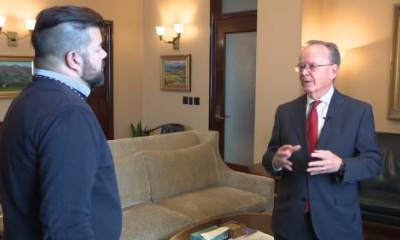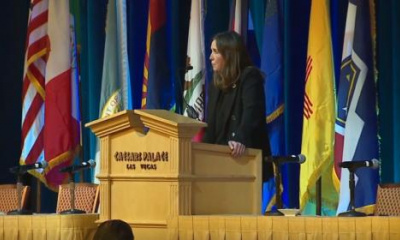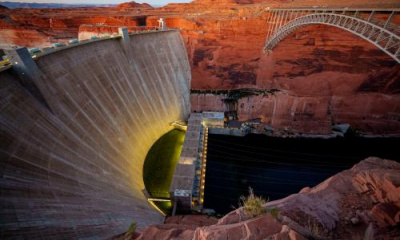Over 40 million people in seven states in the southwestern U.S. rely on the Colorado River. It provides water for crops that feed the entire country. A management plan helps govern how the water is used.
“The Colorado River is managed by a set of agreements, treaties and compacts known as the law of the river," said Homa Salehabadi, a research associate in the Utah Water Research Lab at Utah State University. "And some of these agreements will expire in 2026.”
Listen to the story here.
Salehabadi recently defended her PhD work, which focused on what happens after 2026.
“The main questions of my research were which stream flow ensemble should be used for future planning?" Salehabadi explained.
Salehabadi has used a variety of statistical weather metrics to create potential future scenarios that can be used to help understand what things like water flow could look like in different conditions, in order to help inform decision making on the Colorado River. She said there is currently no consensus on the best representation of future hydrology conditions including stream flow ensembles.
“Those ensembles that are only based on historical data may not be sufficient because climate is changing, and those based on climate models, provide a wide range of stream flow projections, indicating significant uncertainties,” said Salehabadi.
Predicting the future of the river is very difficult as the climate is constantly changing year to year, in ways that make it difficult to give one solid prediction. Salehabadi worked on a holistic approach that uses historical data along with projections and other potential outcomes to create multiple different storylines for river flow of the Colorado River.
The tool Salehabadi has created allows government officials to plug different values related to weather pattern and precipitation that can inform potential scenarios for the future, giving those managing the river a better idea of what to expect and how to allocate water.
“They are not just using one string flow ensemble as one plausible conditions in the future, they are using a set of scenarios for future,” Salehabadi said.









